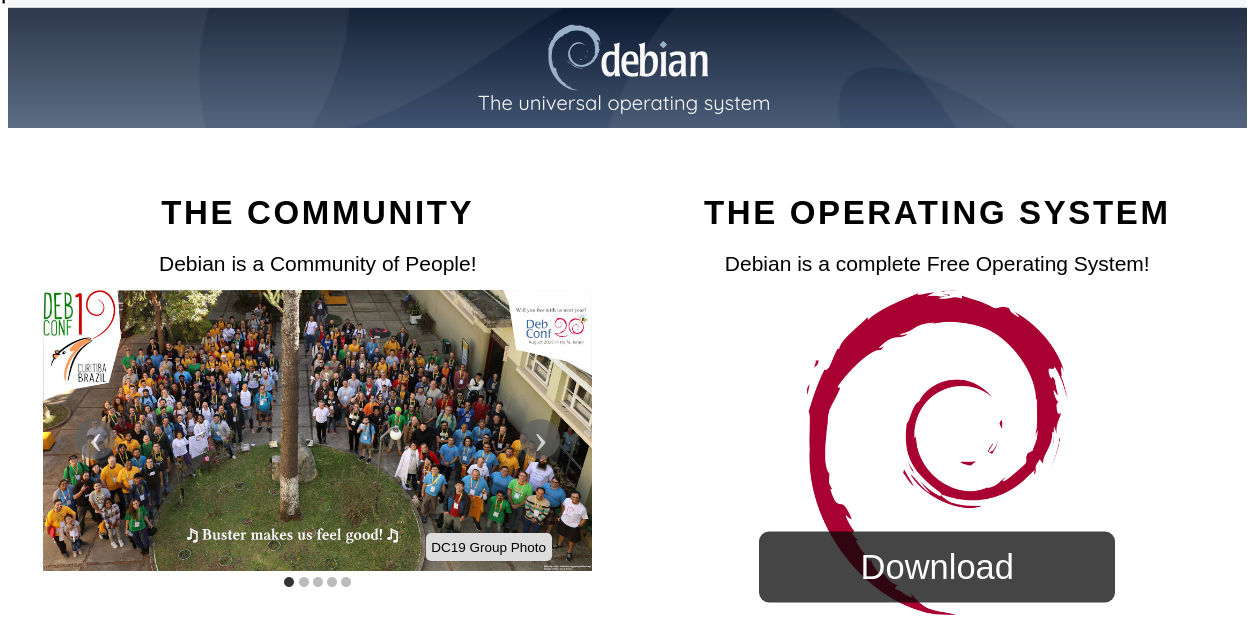Debian is a Linux operating system software distribution that is widely used by organizations not only running Debian, but who are running other flavors of Linux as well. Many other Linux distribution packages, for instance, Ubuntu use Debian as their base system. A new major release of Debian – version 11 (bullseye) – is scheduled for July-September 2021.
Debian is a large distribution: version 11 comes with 57703 software packages. 13370 packages are new, and 35532 have been updated since the version 10.
The release document lists the new versions of a number of key utilities. The new Kernel is version 5.10.
- Apache 2.4.46
- BIND DNS Server 9.16
- Cryptsetup 2.3
- Dovecot MTA 2.3.13
- Exim 4.94
- GNU Compiler Collection as default compiler 10.2
- GnuPG 2.2.12 2.2.20
- the GNU C library 2.31
- lighttpd 1.4.58
- LLVM/Clang toolchain 9.0.1 and 11.0.1 (default)
- MariaDB 10.5
- Nginx 1.18
- OpenJDK 11 11
- OpenSSH 8.4p1
- Perl 5.32
- PHP 7.4
- Postfix MTA 3.5
- PostgreSQL 13
- Python 3 3.9.1
- Rustc 1.48
- Samba 4.13
For instance, WordPress CMS requires PHP 7.4 that is included in Debian 11.
For PC users, the new desktop software versions are:
- GNOME 3.38
- KDE Plasma 5.20
- LXDE 11
- LXQt 0.16
- MATE 1.24
- Xfce 4.16.
Debian 11 supports the following architectures:
- 32-bit PC (i386) and 64-bit PC (amd64)
- 64-bit ARM (arm64)
- ARM EABI (armel)
- ARMv7 (EABI hard-float ABI, armhf)
- little-endian MIPS (mipsel)
- 64-bit little-endian MIPS (mips64el)
- 64-bit little-endian PowerPC (ppc64el)
- IBM System z (s390x)
Upgrading from version 10 to version 11
Debian 11 production version is expected to be released during 3q2021. If you are in a hurry, and don’t mind installing a beta version, here is the download page.
Debian 11 Release Notes lists a number of important items to check before upgrading your system. The basic upgrade steps are as follows.
- The sources of apt packages must point to the new version in /etc/apt/sources.list and in /etc/apt/sources.list.d/. References to the version 10 Buster must be removed from the sources definitions.
- The command apt instead of apt-get is recommended for command line use.
- An upgrade in two phases can be safer on systems with plenty of installed software.
- Step 1: apt upgrade –without-new-pkgs
- Step 2: apt full-upgrade
- Kernel is automatically upgraded to the new version during the full-upgrade process, but only if you have a “linux-image” metapackage in your system.
- The command dpkg -l “linux-image*” | grep ^ii | grep -i meta displays the name of the metapackage, if any.
- The command uname -mrs displays the active kernel version.


I quite like looking through a post that can make people think.
Also, thank you for allowing for me to comment!